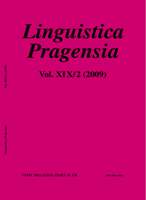
Obituary: In Memory of Iris Urwin Lewit
Obituary: In Memory of Iris Urwin Lewit
Keywords: Obituary
Obituary
More...
Keywords: Obituary
Obituary
More...Many of the exiled authors seem to be obsessed with the phenomenon of memory: some of them retain a detached, ironic and independent attitude towards their past experience, some of them, which is typical of nostalgists, are prone to mistaking – even tragically – the past for the future. Sylvie Richterová is one of those who do not resist the attraction of the past: however, she finds it possible to cope with it by transforming it into a number of metaphers and images (especially spatial ones) expressing a variety of experience and recollection. In the episode “Věčná bedna” (“The Eternal Box”, a chapter of Slabikář otcovského jazyka) an antique piece of furniture that remains a part of the family history becomes a symbolic item as well, referring to a no more existing home-made transport box crafted in an elaborate way by the father of the exiled narrator. Thus the “eternal box” as a double metapher of love and memory establishes a connection between father and daughter, between two separated worlds, between the past and the present.
More...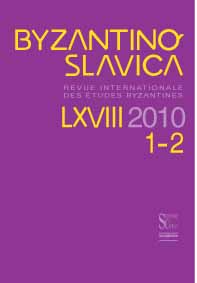
This paper provides a brief review of evidence for pottery use and pottery production in the Byzantine capital city of Constantinople. Published sources, mostly archaeological rather than textual, enable one to outline changing patterns of pottery ‘consumption’ in the city and to show that pottery manufacture took place there. Previously unpublished evidence is presented for Middle and Late Byzantine pottery production.
More...Keywords: international student; preparatory year; Romanian as a Foreign Language (RLS); multilingualism; multiculturalism.
Review of Romanian at First Sight – A Textbook for Beginners by Raluca Suciu & Virginia Fazakaş. Editura Campania, Bucureşti, 2006, 384 p.
More...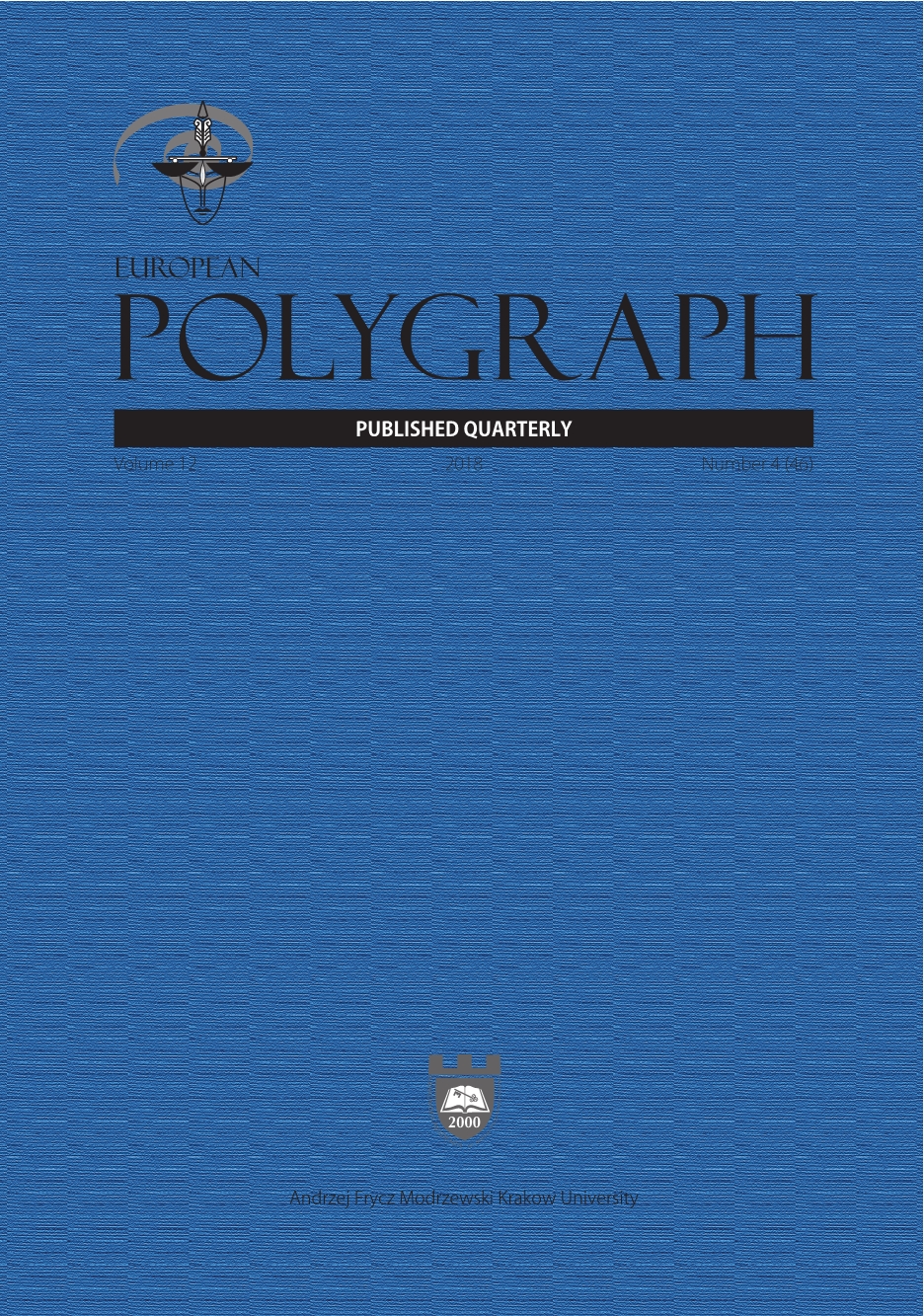
Keywords: polygraph examination; polygraph examination and medical diagnosis; polygraph examination and culture; attire and polygraph; polygraph and medical examination;
More...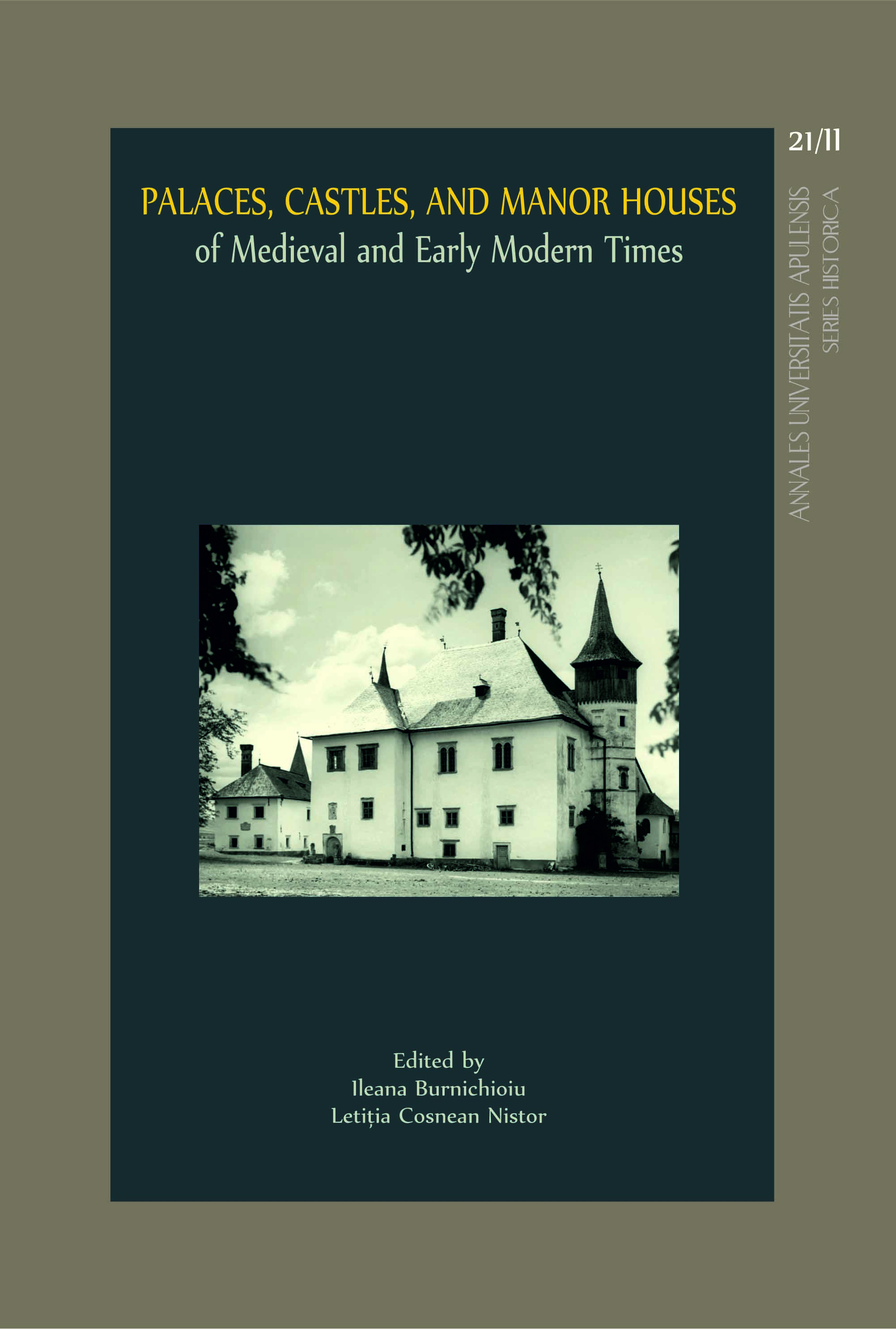
Keywords: review; Margittai; Kovacs;
Gábor Margittai takes several Transylvanian families into account and introduces them by telling the stories of their suffering under the communist dictatorship.
More...
Keywords: luxury; country of origin; branding; domestic luxury
Country of origin (COO) plays a vital role in the luxury market. This paper investigates the extent to which luxury shoppers are aware of domestic luxury brands, and in which categories they would consider buying them. Our results, based on a survey of 253 luxury buyers in the Czech Republic, indicate that there is an opportunity for local brand development in categories such as luxury glass and crystal home accessories, designer furniture and lights, which are outside the scope of the “traditional luxury industry”. Additional findings are also highlighted: for more than two-thirds of actual luxury shoppers; the local COO would be a reason to consider purchasing a luxury brand. Perceptual differences of domestic vs global luxury brands are also indicated.Implications for a Central European audience: Managerial implications target at managers of domestic or emerging luxury brands in non-traditional luxury markets with a specific demographic segment of potential mature luxury customers. They have a higher affinity for domestic luxury products.
More...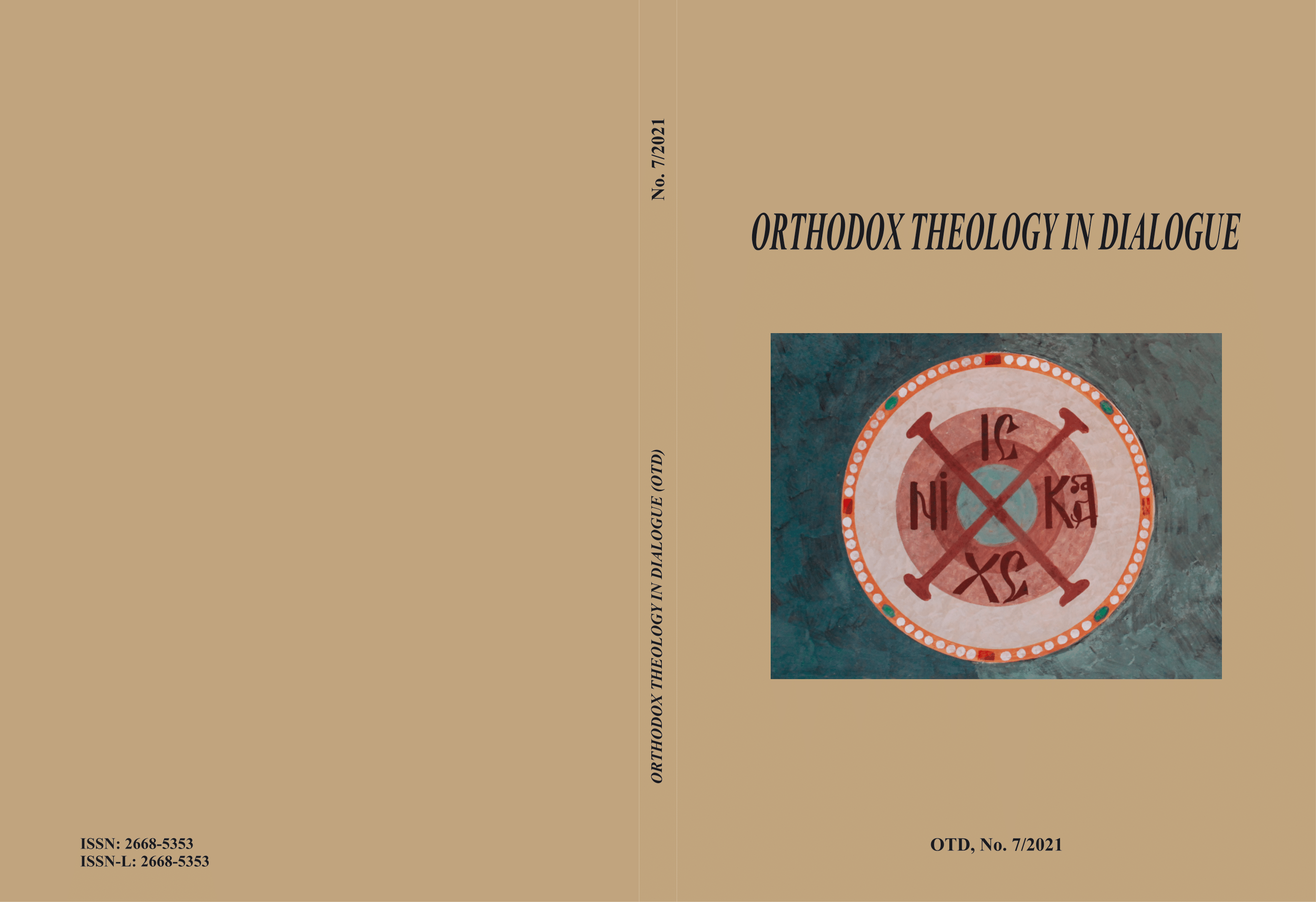
Keywords: Contemporary art; fine arts; new art; creation; restauration;
According to the specialists, the concept of „contemporary art” emerged in the twentieth century, as a reflection of new manifestations and trends in the fields of visual arts. It aims at artistic creations of relatively recent periods -as a moment of creation, exhibition and promotion. The trend for artistic creation is to set up new benchmarks based on the materials and technical means offered, creating a new function in the art-society relationship.
More...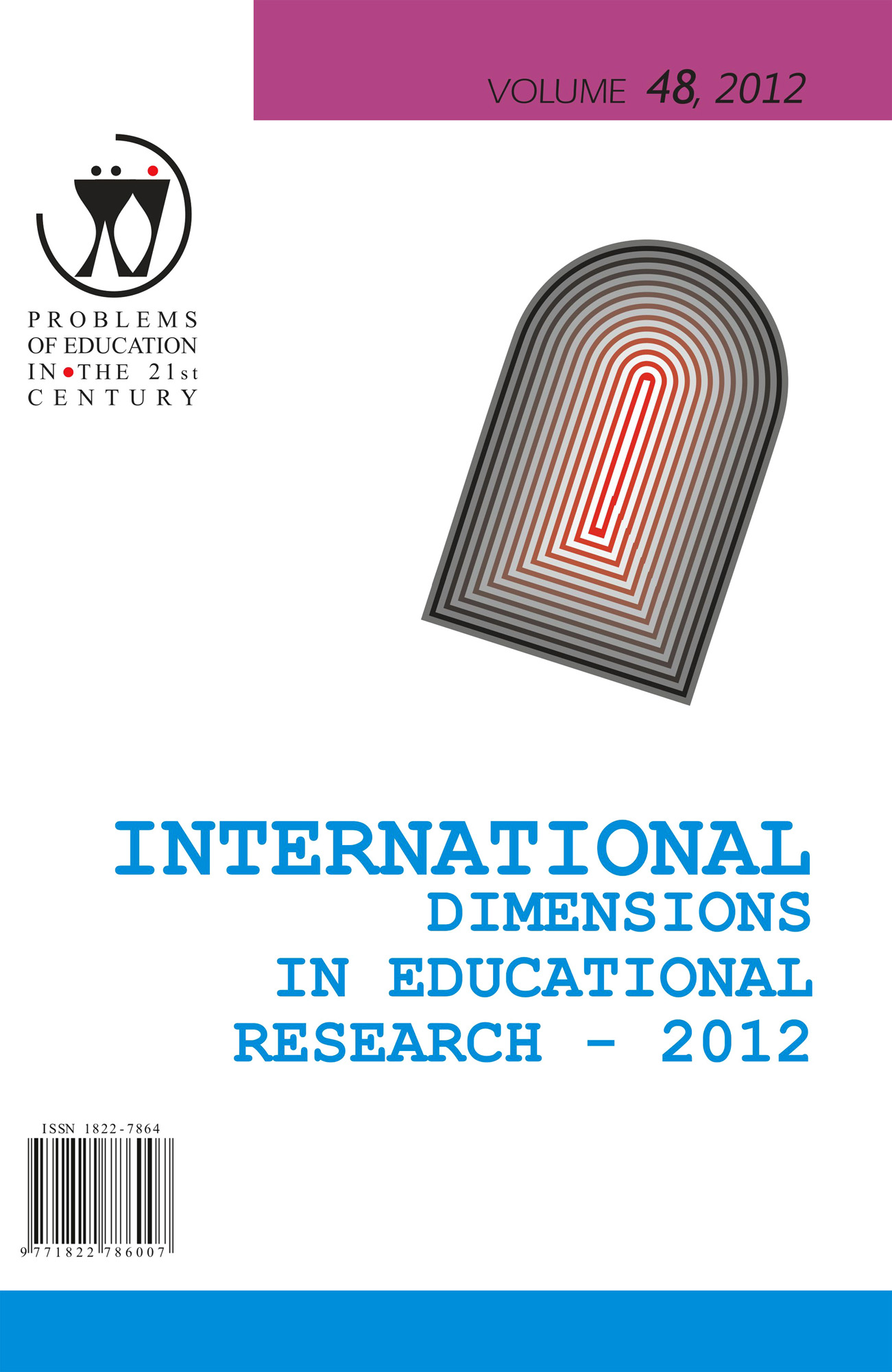
Keywords: education; factors; girls’ participation; socio-economic; socio-cultural; school-based;
The girl child participation in primary school level of education has become a real concern in all nations of the World particularly in the developing countries of the Sub-Saharan Africa, Kenya included. Girl child education worldwide provides benefits to the family and the society at large thus factors affecting it should be addressed for the sake of human and societal development. The objective of the study was to establish the factors affecting girls’ participation in primary schools in Kenya. Specifically, the study investigated the effect socio-economic, socio-cultural and school -based factors have on a girl-child’s participation in primary school education in Kenya. In some parts of Kenya, there is low girls’ participation in primary school education thus the interest in establishing the factors that may be contributing to this problem. This was considered crucial as Kenya strives to achieve basic Education for All by 2015. The study employed a survey design. 210 girls drawn from primary classes 6, 7 and 8 participated in the study. The simple random technique was used in the selection of the sample. A questionnaire was used to collect data that were analyzed by use of descriptive statistics (frequencies and percentages). The findings of the study revealed that socio-economic, socio-cultural and school related factors affect girls’ participation in primary schools in Kenya. In effect, unless these factors are expeditiously addressed, primary school girls will continue to be disadvantaged in the Kenya’s school system. This will frustrate the world’s efforts in attaining basic education for all by 2015. The study therefore recommended that the Ministry of Education in Kenya should create awareness to all education stakeholders on the importance of girl child education in the country. It was also recommended that a large scale study involving sub-Saharan Africa developing nations experiencing low girls' participation in education be carried out to falsify or corroborate the findings.
More...
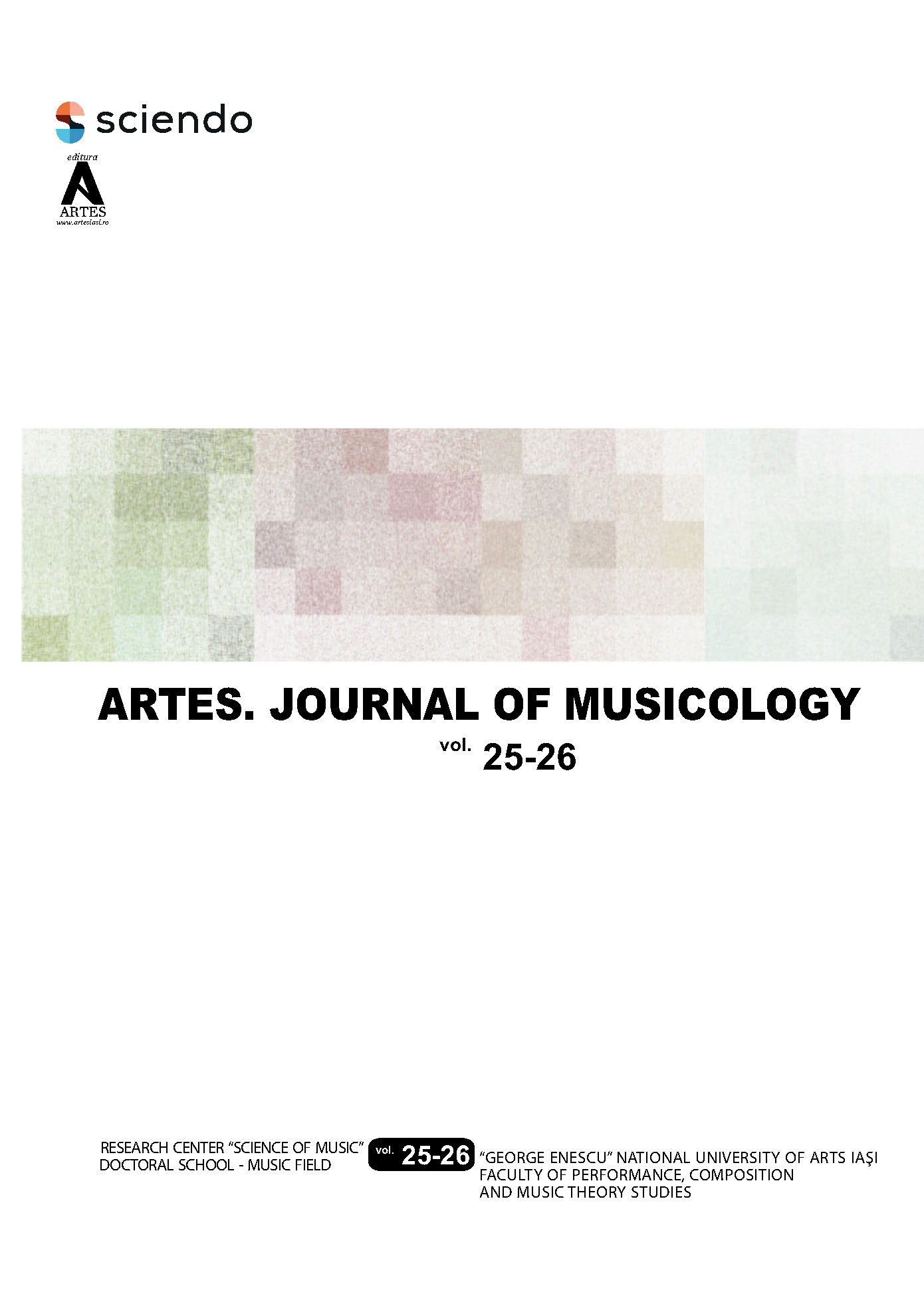
Keywords: research; creation; performance; stages of temporal evolution;
Stages of both processes – research and creation – are depicted and proposed as tools for understanding the uniqueness of the musical triad: musicology, interpretation, composition. Although the borderlines between them are fuzzy and the interconnections powerful, we can find sufficient reasons to compare these different ways to obtain knowledge and to generate results in the field of music. The proposition of a single model for all three areas takes into account the following stages: information, analysis, design, processing (combining intuition with rational procedures), adaptation, finalization. Similarities between the processes of musical research and musical creation are expressed and emphasized with examples, maps and figures.
More...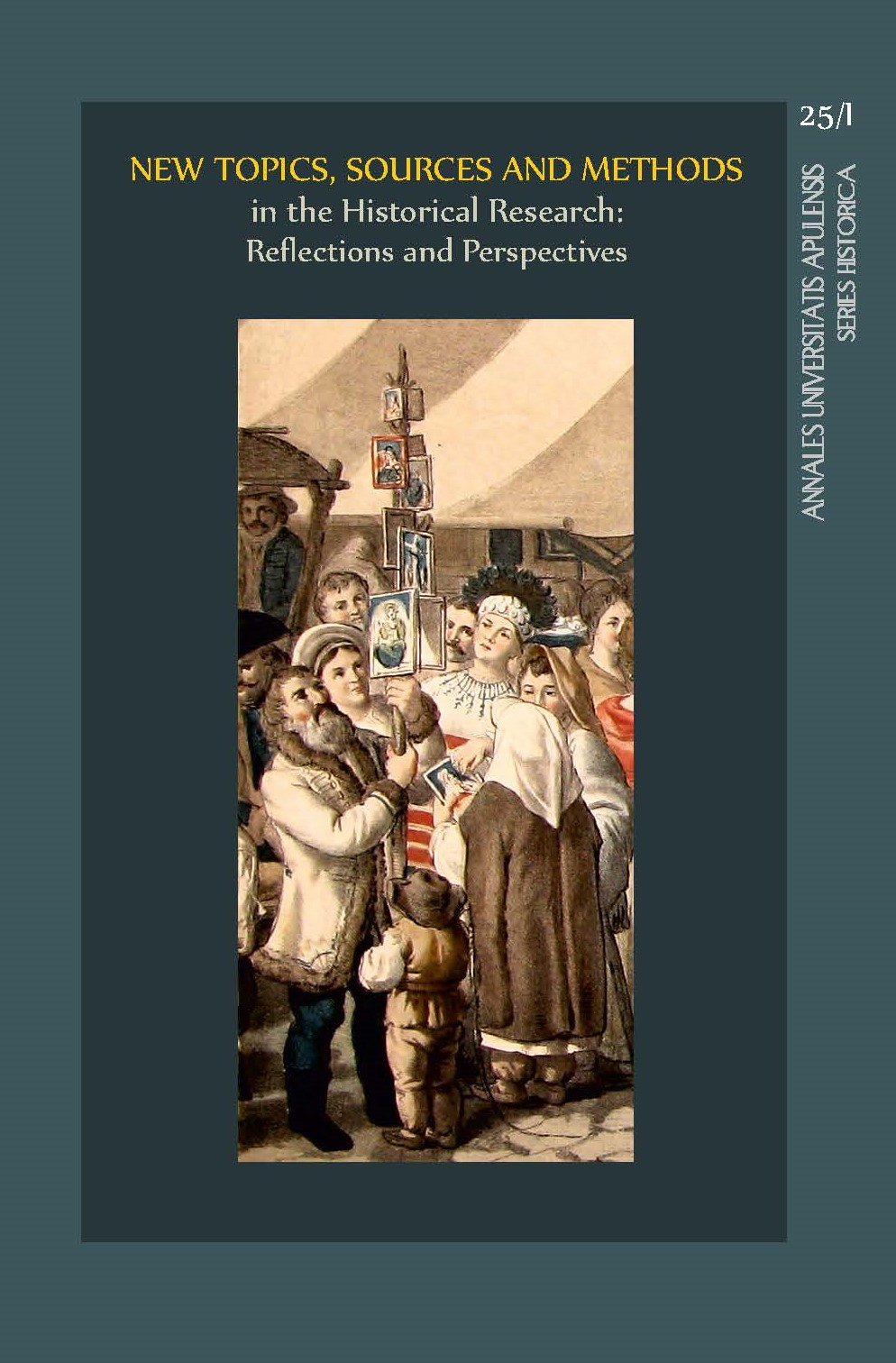
Keywords: Valeriu Sârbu; Callatis; Documaci tumulus;
Review of: Valeriu Sîrbu, Maria-Magdalena Ștefan and Dan Ștefan, eds., A Monumental Hellenistic Funerary Ensemble at Callatis on the Western Black Sea: The Documaci Tumulus, I (Oxford: Archaeopress, 2021), 330 p.
More...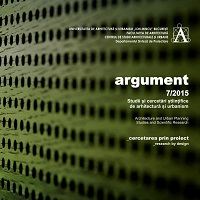
Keywords: the structure space; the open plan; the tradition; Horta; Wright; Mies van der Rohe; Le Corbusier; Japan;
Beginning from the primary spaces, as a source of inspiration, the structure space, defined by the relation between “support” and “infill”, is represented by a certain order of the architectural elements. Redefining the status of the wall that, from an architectural element destined to define a strong limit, becomes mobile panel, furniture or exhibit, indicates the beginning of new spatial experiments. The built architectural element changes status and becomes installed object. In Mies van der Rohe’s projects or buildings, the wall seen as a neutral frame for a living picture, denotes a new approach. Great figures as Frank Lloyd Wright, Victor Horta or Le Corbusier had visions carried out in organic or rationalist approaches. How took place the genesis of the modernist space? Which is the part of the Japanese tradition in this process? This is what we shall try to resume in this paper.
More...Keywords: flagship projects; socio-spatial inequality; Athenian Riviera; refugee areas;
The issue of flagship projects is becoming more and more timely in the contemporary globalized urban context. The overall transformation of a former decayed urban enclave through a well targeted large-scale intervention is found in many cities around the world. Following the narrative of Bilbao, which is considered to be a success story, many cities attempted to imitate the “Bilbao effect”. Taking into account the international experience on the field, this paper tries to analyze a Greek example, delving into the specificities of time and space. The selected case study could be considered as one of the first flagship or prestige projects in Greece and is strongly associated with the concept of “Athenian Riviera”, a metropolitan coastal zone that is currently under urban regeneration. This prestige project is located inside a former refugee enclave that has until today a significant number of old refugee housing complexes, constructed around 1930. The stark contradiction between the iconic building and the derelict neighboring refugee apartments reflects clearly the impact of site-specific urban interventions; they widen the gab between upgraded and degenerated enclaves inside the city. The presence of vulnerable households in the area raises concerns on future gentrification procedures. Field work combined with literature review is being made so as to adumbrate the crucial issues in the area of study. Photographic documentation and cartographic depiction are used as tools so as to illustrate the physiognomy of the area. The ultimate purpose of the paper is to address the issue of socio-spatial inequalities in the era of globalization, where the implementation of place branding strategies puts aside certain social factors, leading to spatial segregation between degraded and upgraded areas.
More...
Keywords: Covid-19 pandemic; ‘shadow pandemic’; violence against women; collective trauma; psychoanalysis
This article explores the philosophical and psychoanalytic trajectories of conceptualizing the Covid-19 pandemic as ‘collective trauma’, and considers what would be the risks, but also productive possibilities, of such a theoretical move. the context of this inquiry is the so-called ‘shadow pandemic’ – the drastic increase in domestic violence globally, which accompanied introduction of lockdowns as a measure of containing the impact of Covid-19 on public health infrastructures. For the women who were victims of violence during the lockdowns, the discourse of ‘sheltering’, ‘isolation’ and ‘staying home’ has carried antithetical meanings to the o6cially sanctioned ones – those were meanings of threat, danger, harm, and death. Drawing on the work of two feminist psychoanalytic thinkers, Julia Kristeva and Jacqueline Rose, and on installations by bio-artists Anna Dumitriu and Flo Kasearu, I argue against notions of the pandemic as an external traumatic event that disrupted societies and communities worldwide. Rather, the ‘shadow pandemic’ suggest that there is a more complex, even intimate, relation between the pandemic, violence, and gendered productions of sociality.
More...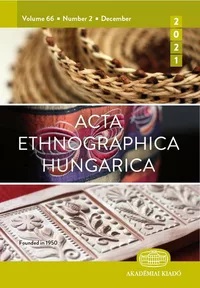
Gelencsér, József: Népi jogélet a Káli-medencében [Legal Folklore in the Káli Basin]. Székesfehérvár. Szent István Király Múzeum. 2019. 544. ISBN 9786155413254, ISSN 1216-7967
More...
Keywords: German furniture in the 19th−20th century; furniture in Silesia; Martin Kimbel
Martin Kimbel was one of the most outstanding masters of artistic furniture related to Wrocław. He came to the city in 1866, soon establishing a furniture factory. He prepared interior design and furnishing designs for individual orders in which original furniture filled rooms decorated with richly decorated ceilings, doors, paneling, fireplaces, etc. He was also a theoretician of the craftsmanship. In 1893 he published Nothruf des Kunstgewerbes! Schulung und Niedergang desselben in Preussen, which received several dozen reviews of the artistic community not only in Germany, triggering heated discussions. He took part in numerous exhibitions of crafts and industry. Kimbel was born in Mainz. First he learned from his father, the owner of a furniture factory. He lived in Philadelphia for several years. He was active in Lower Silesia, and his company created many high-scale projects at the beginning of the 20th century, when the seats of industrial tycoons were established (including the interiors of the palace in Brynek for Hugon Henckel von Donersmarck, the palace in Repty for Guid Henckel von Donersmarck), and cities built new town halls (the interior of the town hall in Kamienna Góra, 1905). In Wrocław a notable realization is the so-called Music Salon at Georg Hasse’s villa, which today serves as the German Consulate. Martin’s son, Wilhelm, born in 1868, worked for a time in the USA, creating furniture for the richest clientele. After his return, he settled in Berlin, where he founded the Kimbel & Friederichsen company, considered one of the most outstanding in the capital market, which carried out many prestigious projects, including the interior of the imperial palace. Many of his projects are located in Berlin and its vicinity, at the Wernigerode castle (Saxony-Anhalt), in Silesia, and also in Łódź, where several manufacturers of German origin commissioned him to make the interiors of their palaces.
More...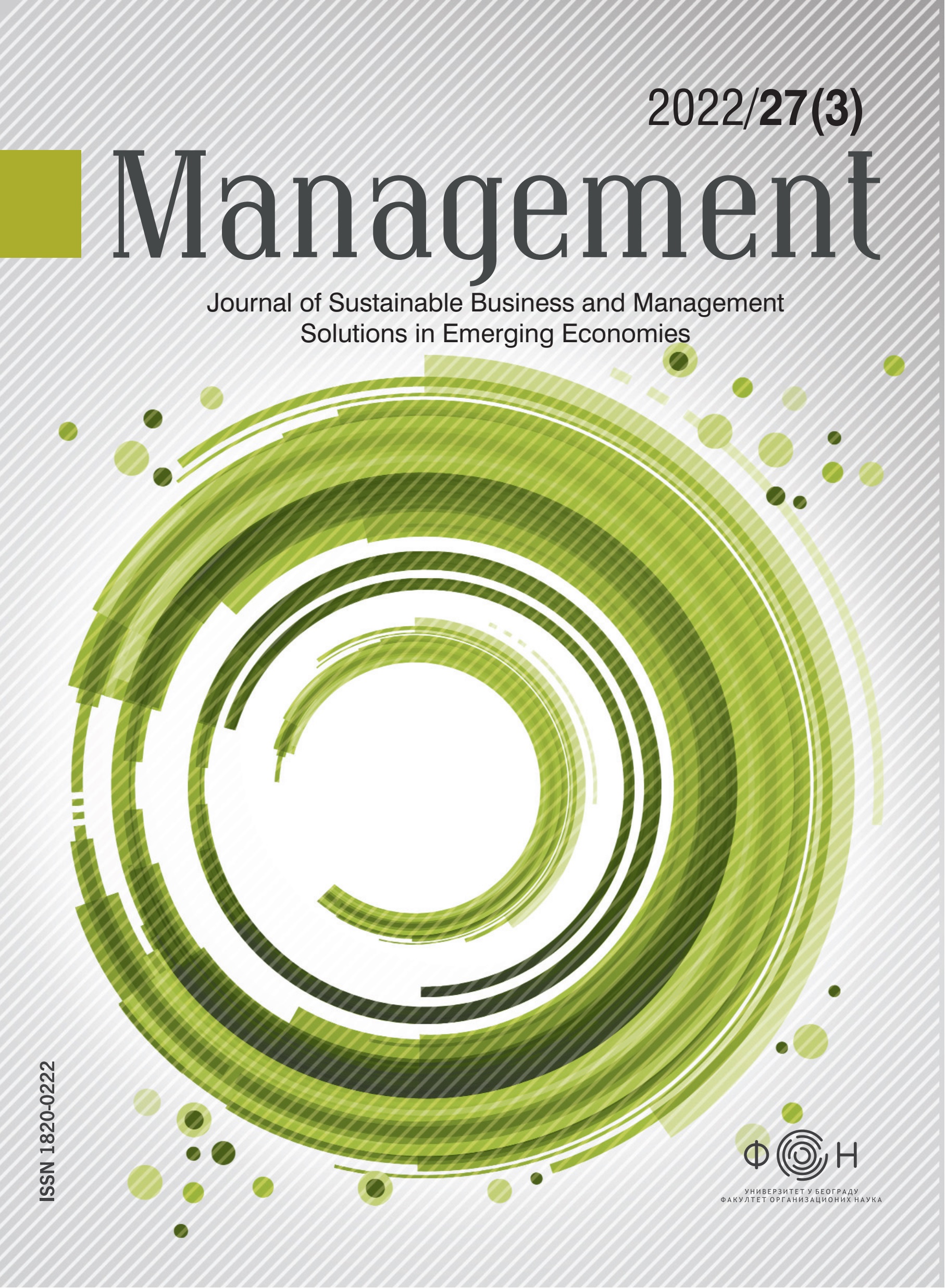
Keywords: safety climate; project-based organization; multi-criteria analysis; Entropy-PROMETHEE-
Research Question: The aim of this paper is to determine the factors influencing safety climate in different industrial sectors in project-based organizations. Motivation: Systematic research on occupational safety is not so frequent in the Republic of Serbia. The lack of research that deals with safety climate in project-based organizations exploring the attitudes of employees in different industrial sectors is evident. In the research conducted by Milijic et al., (2013) a model for measuring safety climate factors was proposed and the following step is to identify the most important safety climate issues for each industrial sector as a key to fostering better safety performance. Chen et al. (2018a) concluded that engagement at all levels of the company is essential to fostering better safety performances as well as that safety awareness is the most important factor influencing workers' safety efficiency. The authors of the present paper seek those particular factors that adequately describe safety climate in project-based organizations by examining the attitudes of workers in different industrial sectors. Idea: The main idea of this paper is to evaluate and rank safety climate in different industrial sectors and different workplaces considering the following five factors of safety climate: Safety and competence awareness, Occupational safety management commitment, Safety training and tools, Safety practices and procedures and Organizational environment. Data: Safety climate analysis was conducted on a set of data collected as a part of a survey carried out in eleven project-oriented organizations operating in different industrial sectors on the territory of Serbia. Tools: This paper proposes a multi-criteria analysis of the data collected from a national survey using the Entropy-PROMETHEE-GAIA method. Findings: A complete ranking of safety climate in project-oriented organizations based on the opinions of employees in different industrial sectors resulted in Energy as the best-ranked sector. On the other hand, the worst-ranked sector is High-rise construction. The results of the complete ranking of safety climate in project-oriented organizations based on the opinions of employees at different workplaces in different industrial sectors showed that the best-ranked alternatives were manager working places. When it comes to production workers on projects, the most favorable safety climate is in energy workplaces and for non-productive workers, while the most favorable safety climate is on projects in the field of mechanical engineering. Contribution: Adopting the conclusions from the paper can, in practice, improve safety climate along with safety at work in project-based organizations.
More...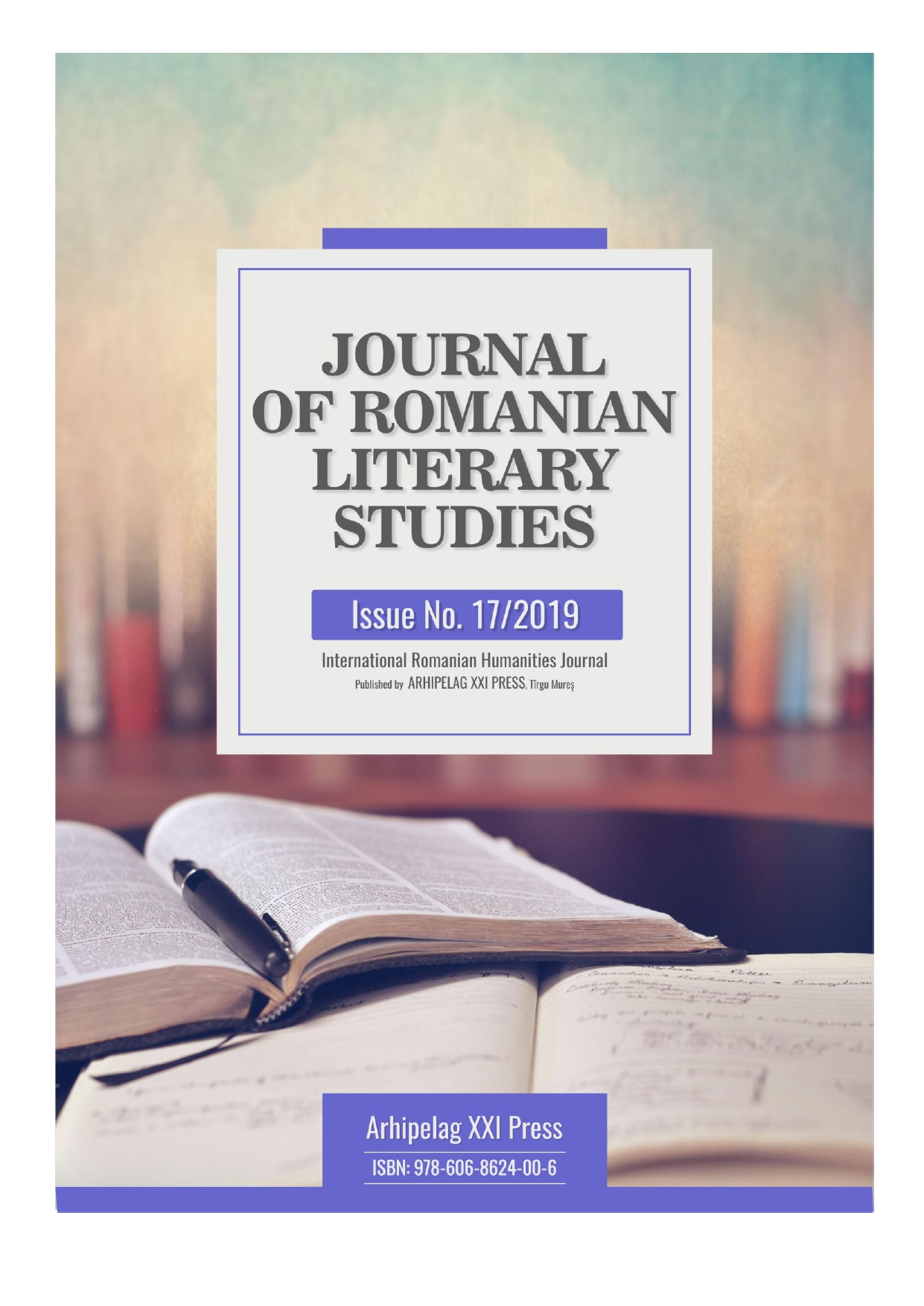
Keywords: dwelling; ports; cities; ecocriticism; heterotopia;
The present study presents and analyses the 'Dwelling' trope as it appears in Conrad's fiction as ports, cities and buildings. It approaches it ecocritically, to show how dwellings are a second nature of humans, both created by them and creating them. Conrad's cities and buildings are animate and agentic, foreshadowing the view of material ecocriticism.
More...